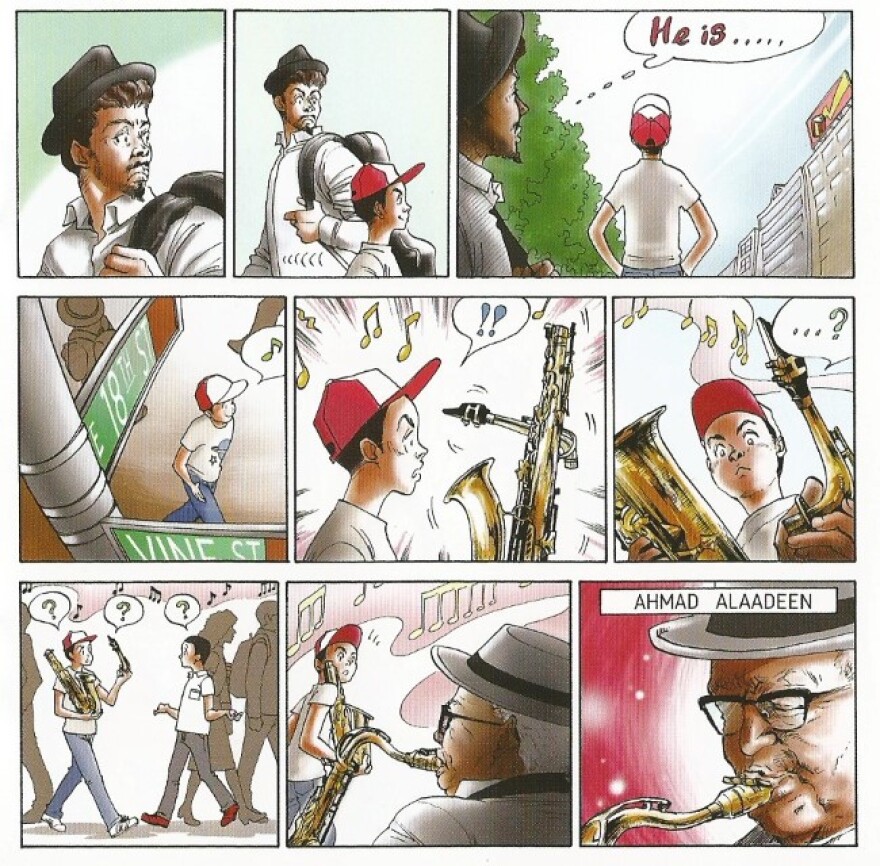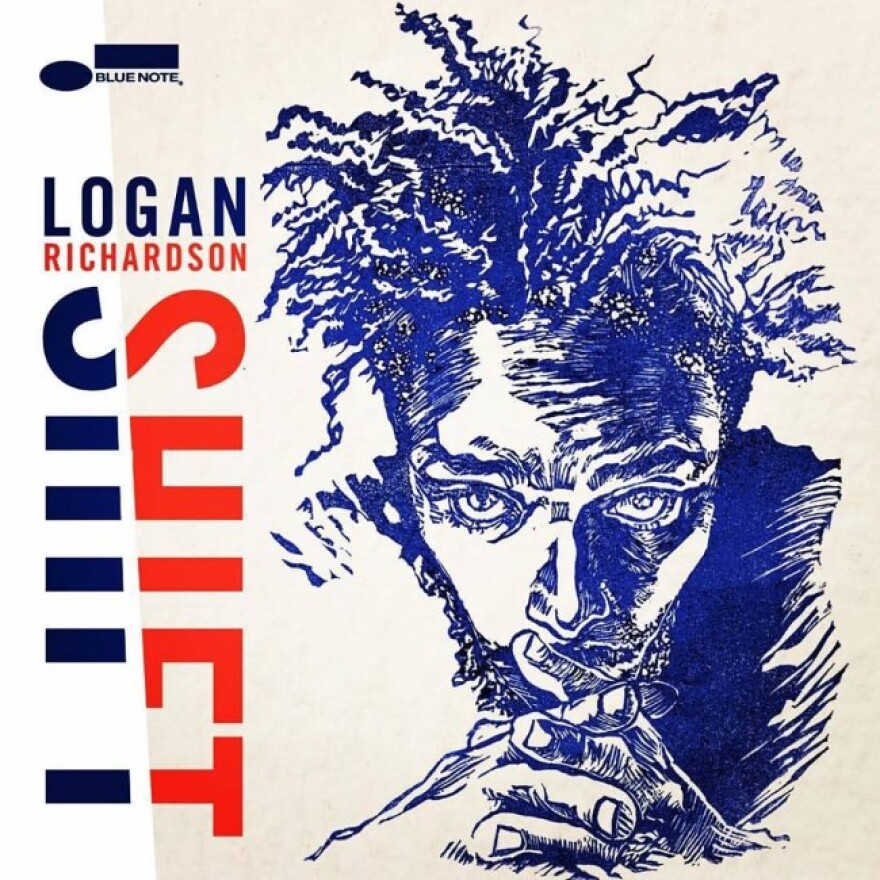Logan Richardson
Shift (Blue Note)
The booklet that accompanies Logan Richardson’s monumental new album Shift contains four pages of manga-style graphic art. One panel depicts the saxophonist as a child standing on the corner of 18th & Vine in Kansas City’s Jazz District. He soon encounters Ahmad Alaadeen, an area jazz hero who is shown in the miniature comic book diligently tutoring his promising young disciple.
Shift realizes Richardson’s full potential. It’s not only one of the most important artistic statements made by a jazz musician from Kansas City in the new millennium, it will almost certainly be heralded by the international jazz community as one of the most significant releases of recent years.
Since attending the Paseo Academy of Fine and Performing Arts in the 1990s, Richardson has established an auspicious reputation in Paris and New York. He’s apprenticed with eminent bandleaders including vibraphonist Stefon Harris, and is a member of the Next Collective, a group that includes eight of jazz’s most remarkable young musicians.

These experiences prepared Richardson to excel in the heady company featured on Shift. His all-star accompanists -- guitarist Pat Metheny, keyboardist Jason Moran, bassist Harish Raghavan and drummer Nasheet Waits -- are among the form’s most accomplished musicians.
Even though none of the men show the slightest bit of deference to Richardson, the alto saxophonist holds his own. His surprising choices during solos on “Creeper” and “Slow” reveal his intellectual daring and technical prowess.
The name of his composition “Untitled” is the record’s only tentative element. Languid long notes on a cacophonous interpretation of Bruno Mars’ “Locked Out of Heaven” (the only selection Richardson didn’t compose) emphasize his slightly piquant tone. Just as Richardson isn’t interested in conforming to the conventional notion of beauty, his album is emphatically dense, the decidedly difficult sound of five elite improvisers taking audacious risks.
The astoundingly innovative Waits and Moran (a 2010 recipient of a MacArthur genius grant) contribute to the clamorous tone. It’s tempting to focus exclusively on Waits’ brilliant and captivating deconstruction of rhythm, but Raghavan’s fervent pulse on “Imagine” and other adventurous selections regularly prevents his band mates’ reckless impulses from devolving into chaos.

Metheny asserts himself throughout the session, applying many of the distinctive tones and unusual textures that have made the Lee’s Summit native an imposing musical figure during the past few decades. Waggish fans of the guitarist’s more aggressive work might joke that Shift is one of the best Metheny albums in recent memory.
Richardson’s two previous recordings were issued by small labels, but Shift bears the prestigious imprint of Blue Note Records. A culmination of the most ambitious aspirations of the local musicians and members of the jazz community who have guided and supported Richardson, Shift confirms that Kansas City continues to play a prominent role in the ongoing evolution of jazz.
Bill Brownlee’s writing appears weekly in The Kansas City Star and Ink magazine. He blogs about Kansas City’s jazz scene at Plastic Sax.
The audio review posted above was produced by KCUR's Hannah Copeland.




